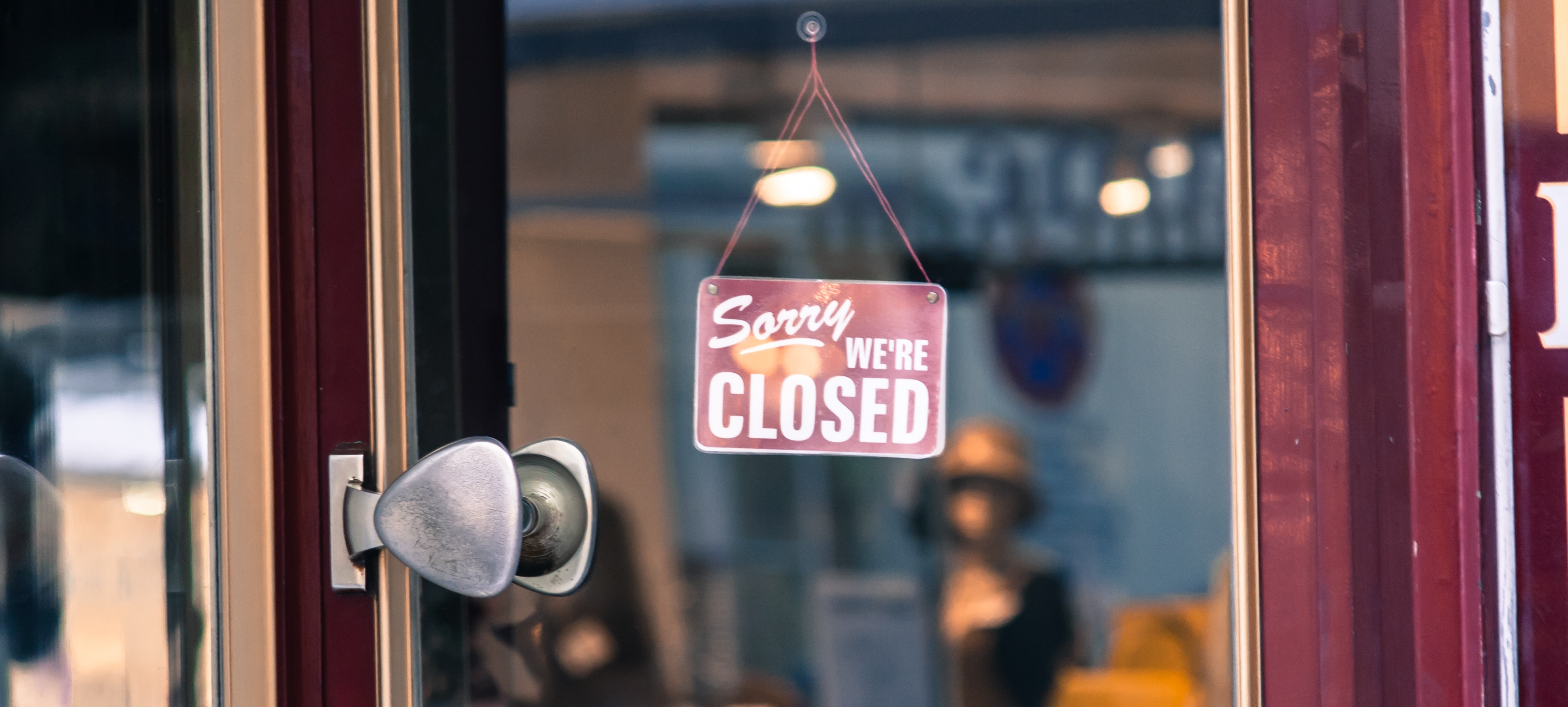Amidst media reports that significant changes to the Paycheck Protection Program (PPP) may be forthcoming to provide greater leeway for how loan proceeds are used and to extend the current eight-week period for spending the funds, the Small Business Administration (SBA) issued a Loan Forgiveness Application on May 15. The form, its accompanying worksheet and step-by-step instructions provide borrowers some guidance and clarification related to the forgiveness calculation, including the following:
- To be eligible for forgiveness, payroll expenses do not have to be both “paid and incurred” in the exact eight-week period (Covered Period) that begins on the day that the first loan proceeds are received. Rather, a borrower may elect to use an Alternative Payroll Covered Period, which will begin on the first day of the borrower’s first pay period following the date that it receives its first PPP loan dollars, and will end on the 56th day thereafter. This assumes that all borrowers pay their employees in full and account for associated health insurance, retirement plan contributions and state and local payroll taxes on the last day of each pay period.
- Interest, rent and utilities that are incurred during the original Covered Period and paid shortly thereafter in the normal course of business will also qualify for forgiveness.
- Borrowers who have made a good-faith, written offer to rehire workers that was declined are exempted from the loan forgiveness reduction.
The instructions detail the supporting documentation that must be included with the Loan Forgiveness Application as well as documentation that a borrower must maintain but is not required to submit. The application also includes a number of certifications and representations which the borrower is required to make. These deal with the use of funds, the accuracy of calculations, and the supporting documentation. To apply for forgiveness, a borrower must complete this application as directed and submit it to its lender.
The document, released on May 15, provides no guidance on the responsibilities of lenders with respect to assessing forgiveness. The SBA has said that it plans to release regulations and guidance soon to assist borrowers in completing their loan forgiveness applications and instruct lenders on their role in the forgiveness process. These regulations were initially expected by April 26.
Perhaps the SBA has delayed issuing the regulations because of the possibility that there will be some welcomed legislative relaxation of the forgiveness terms. If such changes are forthcoming, hopefully they will come soon and before borrowers, lenders and the SBA spend precious time completing and reviewing applications that may become outdated.





